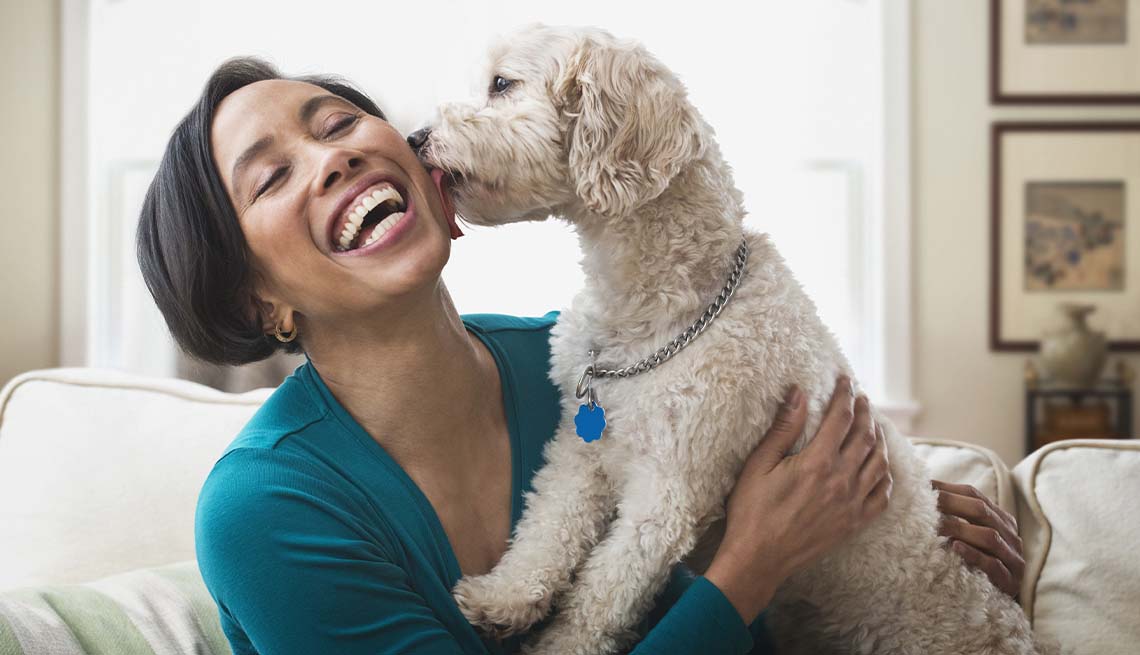Uncategorized
Navigating the Health Risks: Human Diseases from Pets and Wildlife
Recent reports from Alaska and Oregon have brought to light the complex relationship between humans, their pets, and the risk of zoonotic diseases – infections that are transmitted from animals to humans. In Alaska, the first known human death from Alaskapox, a virus, was reported. The victim, a man with a compromised immune system, lived in a wooded area and cared for a stray cat that hunted small animals. In a separate incident in Oregon, an individual was diagnosed with bubonic plague, suspected to be contracted from a cat. These cases underscore the reality that while pets offer companionship and joy, they can also be vectors for diseases that pose significant health risks to humans.
Zoonotic diseases are not confined to rare viruses or historical plagues; they encompass a range of health issues that can affect households worldwide. Common pets like cats and dogs can transmit diseases to humans through various routes, including fecal-oral transmission, scratches and bites, and vector-borne diseases spread by parasites such as ticks, fleas, and mosquitoes.
Preventing Disease Transmission in the Home and Beyond
Understanding the ways in which these diseases can be transmitted is crucial for pet owners and those who interact with animals. For instance, diseases transmitted via the fecal-oral route, such as campylobacteriosis and salmonellosis, can be prevented by practicing good hygiene, such as thorough handwashing after handling pet waste. Similarly, diseases transmitted through scratches or bites, like cat scratch disease, emphasize the need for caution and proper care when interacting with pets.
Vector-borne diseases present a different challenge, as they often involve a third party, such as ticks or fleas, in the transmission process. Lyme disease and ehrlichiosis are examples of such diseases that can be mitigated by regular pet check-ups, use of flea and tick prevention methods, and vigilance in tick-prone areas.
The Role of Vaccination and Veterinary Care
Vaccinations play a pivotal role in preventing the spread of diseases from pets to humans. Ensuring that pets are up-to-date on their vaccinations not only protects them from various diseases but also reduces the risk of those diseases being transmitted to humans. Regular veterinary check-ups are equally important, as they can help diagnose and treat any potential health issues before they become a risk to human family members.
Creating Safe Environments for Interaction
Creating safe environments for pets and humans to interact involves a multifaceted approach. This includes maintaining cleanliness in living spaces, avoiding contact with wild animals, and educating children on safe pet interactions. Reducing contact with sick pets and taking preventive measures against fleas and ticks are also crucial steps in minimizing the risk of disease transmission.
The Balance Between Companionship and Caution
The benefits of pet ownership for mental and physical health are well-documented. Pets provide companionship, reduce stress, and can even improve cardiovascular health. The key is to balance the joys of pet ownership with the necessary precautions to prevent the transmission of diseases. By taking proactive steps such as vaccination, regular veterinary care, and practicing good hygiene, pet owners can protect themselves and their furry companions.
While the risk of contracting diseases from pets or wildlife can be concerning, it should not deter individuals from enjoying the companionship of animals. Awareness, education, and preventive measures are the cornerstones of safely navigating the risks associated with zoonotic diseases. By fostering a safe and healthy environment, pet owners can ensure that their relationships with their pets remain beneficial to their well-being, without compromising their health.













